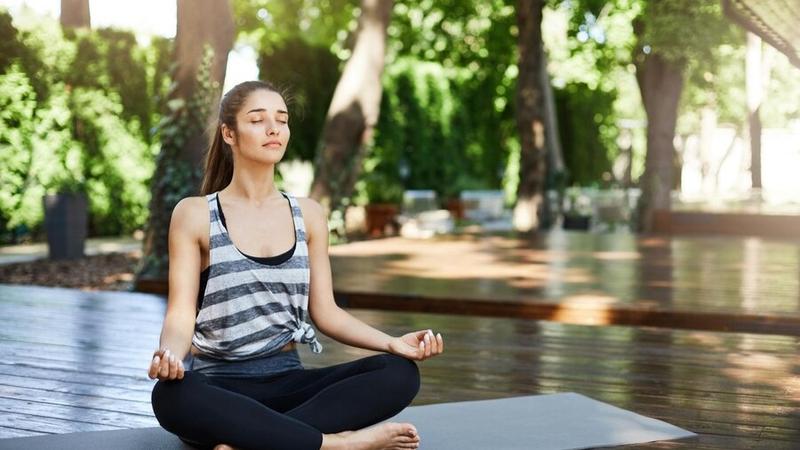Published 15:45 IST, May 8th 2024
Step-by-step Meditation Guide For Stress And Anxiety Relief
With regular practice and dedication, meditation can become a valuable tool for relieving stress and anxiety.

Meditation for stress relief | Image:
Freepik
- Listen to this article
- 3 min read
Advertisement
15:45 IST, May 8th 2024
